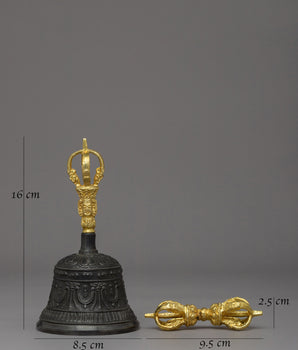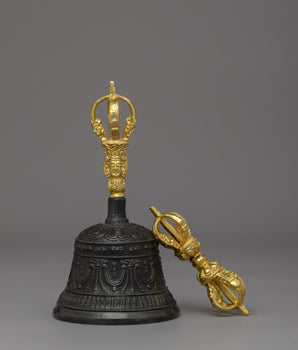The Allure of Japanese Thangka Masterpieces
Traditional Tibetan Buddhist artwork, Thangka, is highly esteemed for its elaborate patterns and profound meaning. Interestingly, this art style has evolved beyond its roots and found a unique expression in Japanese painting. While keeping many essential components, the Japanese version of Thangka has added unique creative sensibilities, resulting in an intriguing fusion of cultural arts.
Key Takeaways
- The Japanese Thangka style uniquely blends Tibetan and Japanese artistic traditions.
- It is characterized by its intricate detailing, spiritual themes, and use of vibrant colors.
- The class has evolved, incorporating various Japanese creative techniques and motifs.
Introduction to the Japanese Thangka Style
| Aspect | Description |
| Origin | Traditional Tibetan Buddhist art |
| Purpose | Meditation and teaching tool |
| Characteristics | Detailed, colorful, spiritual imagery |
| Period | Description |
| Nara Period (710-794) | Early introduction of Buddhist art in Japan |
| Heian Period (794-1185) | Further development and integration of Buddhist themes in Japanese art |
Characteristics of Japanese Thangka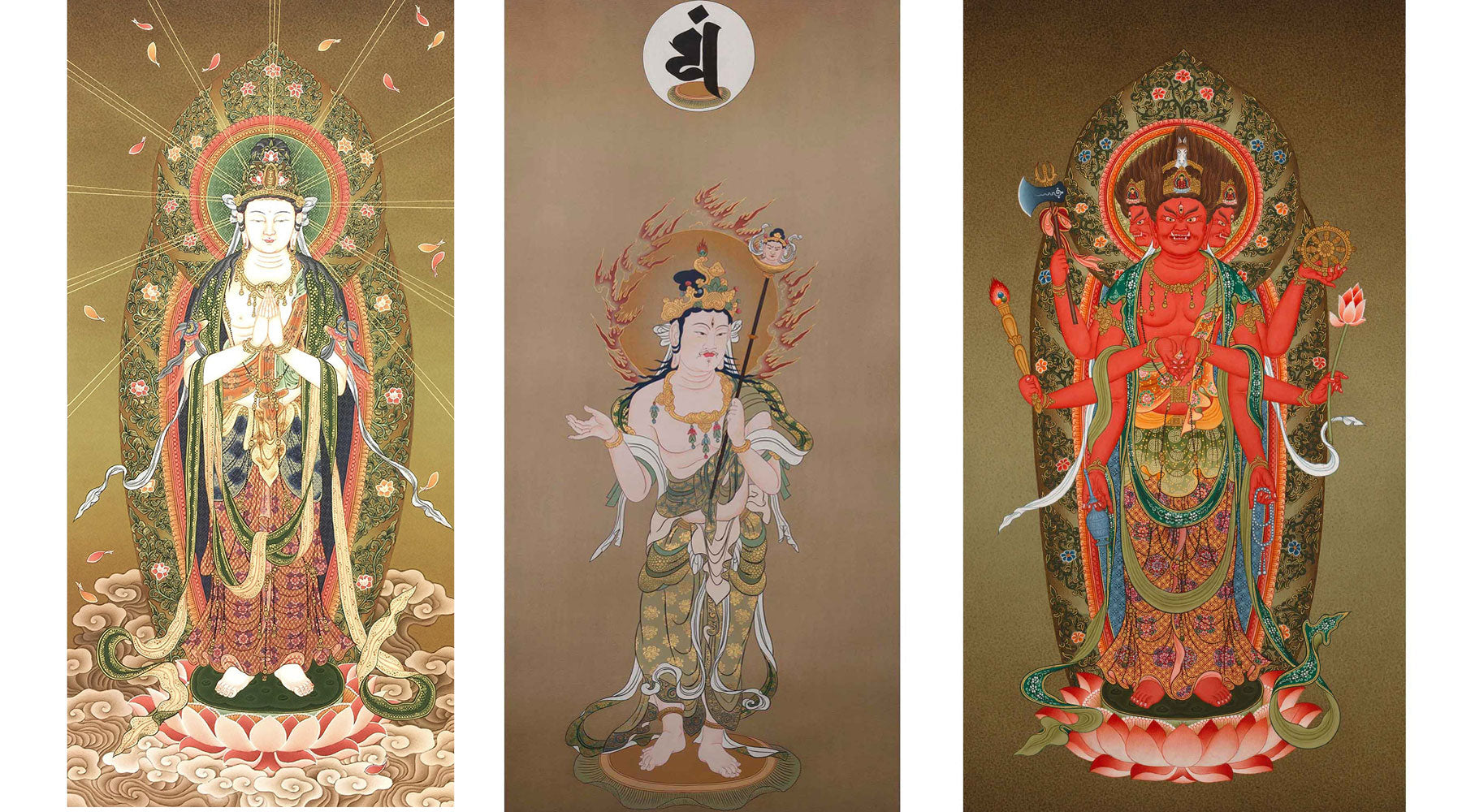
Click here to view our Japanese Art Painting
Intricate Detailing
Japanese Thangka is renowned for its meticulous, detail-oriented craftsmanship. This is seen in the intricate figure rendering and the intricate backgrounds, frequently embellished with symbolic themes.
Beyond simple aesthetics, the intricacy has deeper philosophical and spiritual connotations. A profound respect for the subject matter is evident in the accuracy with which every element—from the folds of the clothing to the characters' expressions—is depicted.
Themes and Symbolism
Japanese Thangka paintings frequently feature historical individuals, mythical settings, and Buddhist deities. These themes are not only powerful visually, but they also function as a vehicle for philosophical and spiritual ideas.
The iconography of Thangka paintings is full of symbolic meaning; for instance, a wheel may stand for the Buddha's teachings, while a lotus blossom may symbolize purity. The art genre transmits complex religious stories and moral lessons in a way akin to a visual scripture.
Techniques and Materials
| Material | Use |
| Silk | Commonly used as a base for paintings |
| Mineral Pigments | Used for their durability and vivid colors |
| Gold | Often used for embellishment and to signify divinities |
Cultural Significance
The Thangka is a reflection of the cultural interchange between Tibet and Japan as well as a means of spiritual expression. It is more than just a kind of art. It is respected for its spiritual strength and majorly participates in religious rites.
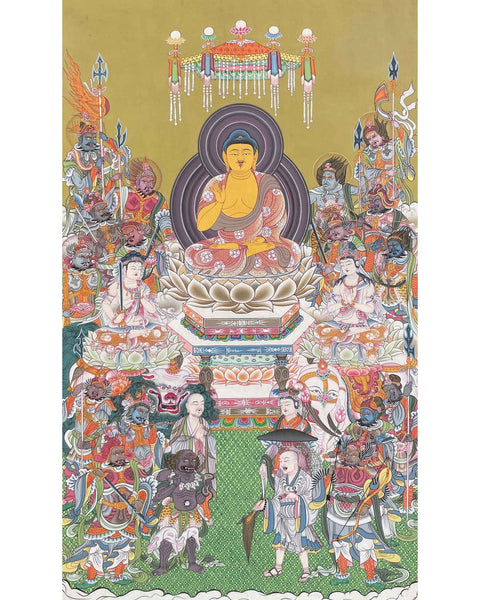
Click here to view our Japanese Style Buddha Thangka Painting
| Feature | Significance |
| Facial Expressions | Convey emotional depth and spiritual significance |
| Attire and Ornaments | Reflect the status and attributes of deities |
The complexity of these details is not just a demonstration of artistic skill but also a reflection of the artist's deep understanding and reverence for the subject matter. Each painting's elaborate patterns—whether representing clothes, mandalas, or natural elements—have a meaningful significance.
Color Usage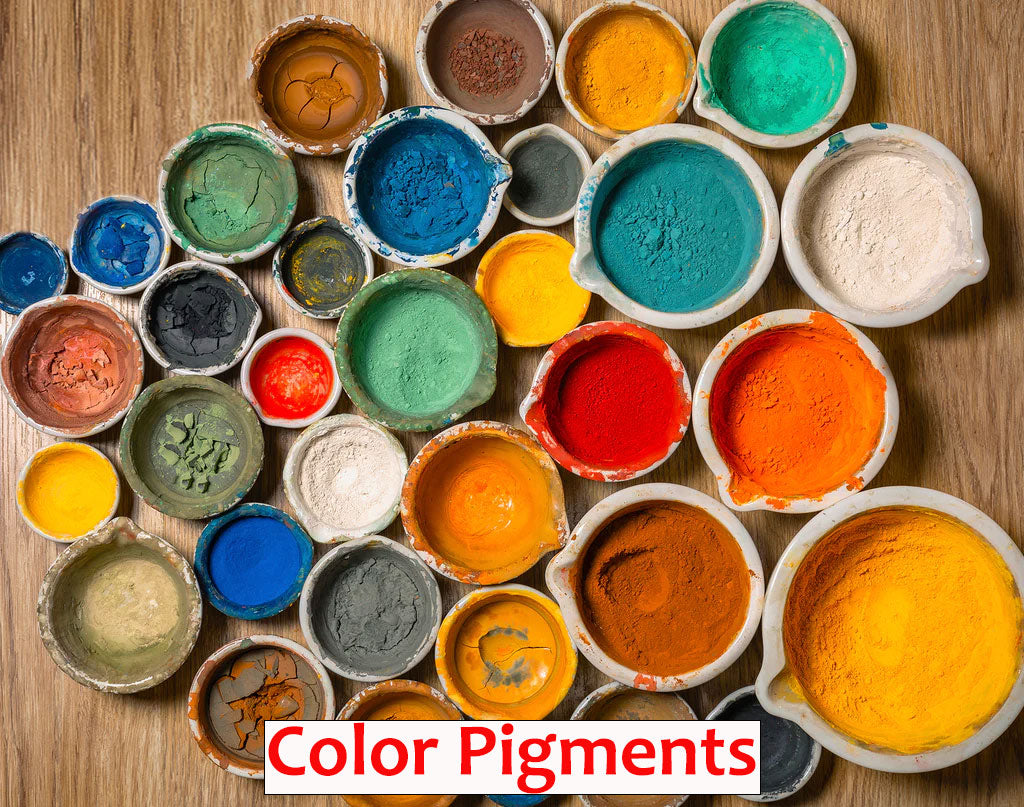
In Japanese Thangka, color usage is deeply symbolic. Every hue symbolizes a distinct facet of Buddhist cosmology and philosophy. For example, red can stand for life energy or desire, and blue can stand for the purity of the intellect. Passion.
| Color | Symbolism |
| Blue | Purity, Tranquility |
| Red | Energy, Life Force |
| Gold | Divinity, Sacredness |
The colors in a Thangka are not just visually striking but are also used to guide the viewer's understanding of the painting. They play a crucial role in distinguishing between different figures, illustrating their nature and status, and conveying the mood and atmosphere of the scene.
For example, in the Buddhist tradition, blue may stand for the purity of the sky or medicine's curative properties, while red may represent vitality or passion. In addition to being visually arresting, the way the colors interact has several significance levels.
Themes and Symbolism
- Japanese Thangka paintings include:
- Various topics and symbols.
- Frequently featuring historical individuals.
- Buddhist deities.
- Scenes from Buddhist teachings and mythology.
In addition to being visually captivating, these themes communicate intellectual and spiritual lessons.
| Theme | Meaning |
| Deities | Represent various aspects of Buddhist teachings |
| Lotus | Purity and spiritual awakening |
| Wheel | Buddha's teachings and the cycle of life |
The thematic content of a Thangka is often complex, with multiple layers of meaning. The deities are not just static figures but dynamic representations of various spiritual states and paths. Including certain symbols or scenes can change the entire purpose of the painting, making it a rich tapestry of visual and spiritual complexity.
Techniques of Japanese Thangka
- Preparation of the Canvas
The preparation of the canvas is a critical first step in Thangka painting. Typically, a piece of fine silk or cotton is used as the base, then coated with a chalk-based gesso to create a smooth surface.
- Sketching and Layout
Sketching and layout ensure accuracy and proportion in depicting sacred figures and symbols. Artists often use grids and specific iconographic references to maintain the integrity of traditional representations.
- Application of Colors
The application of colors in Thangka painting is a gradual and careful process. Artists typically start with lighter shades, gradually building to darker tones to create depth and nuance.
- Use of Gold
Gold in Japanese Thangka is not just decorative; it holds significant spiritual meaning. Gold is often used to highlight essential features and to imbue the painting with a sense of the divine.
- Final Mounting
Final mounting is the last step, where the painting is traditionally mounted with silk brocade, enhancing its aesthetic appeal and ensuring its longevity.
With its deep spiritual origins and precise craftsmanship, Japanese Thangka is a singular and profound manifestation of Asian art. Not only is it aesthetically striking, but its rich thematic depth, symbolic color utilization, and detailed design also give it a profound spiritual importance.
The Japanese Thangka style, which combines Japanese aesthetic sensibilities with the delicate intricacies and profound spirituality of Tibetan Thangka, is a stunning example of cultural fusion. Its development and ongoing importance attest to the art's persistent ability to transcend cultural barriers and communicate deeply spiritual ideas.
This form of painting is a monument to the diversity of Asian art and its capacity to change while maintaining its essential qualities. The Japanese Thangka form is still alive and well in the international art scene, inspiring artists and art lovers everywhere.









